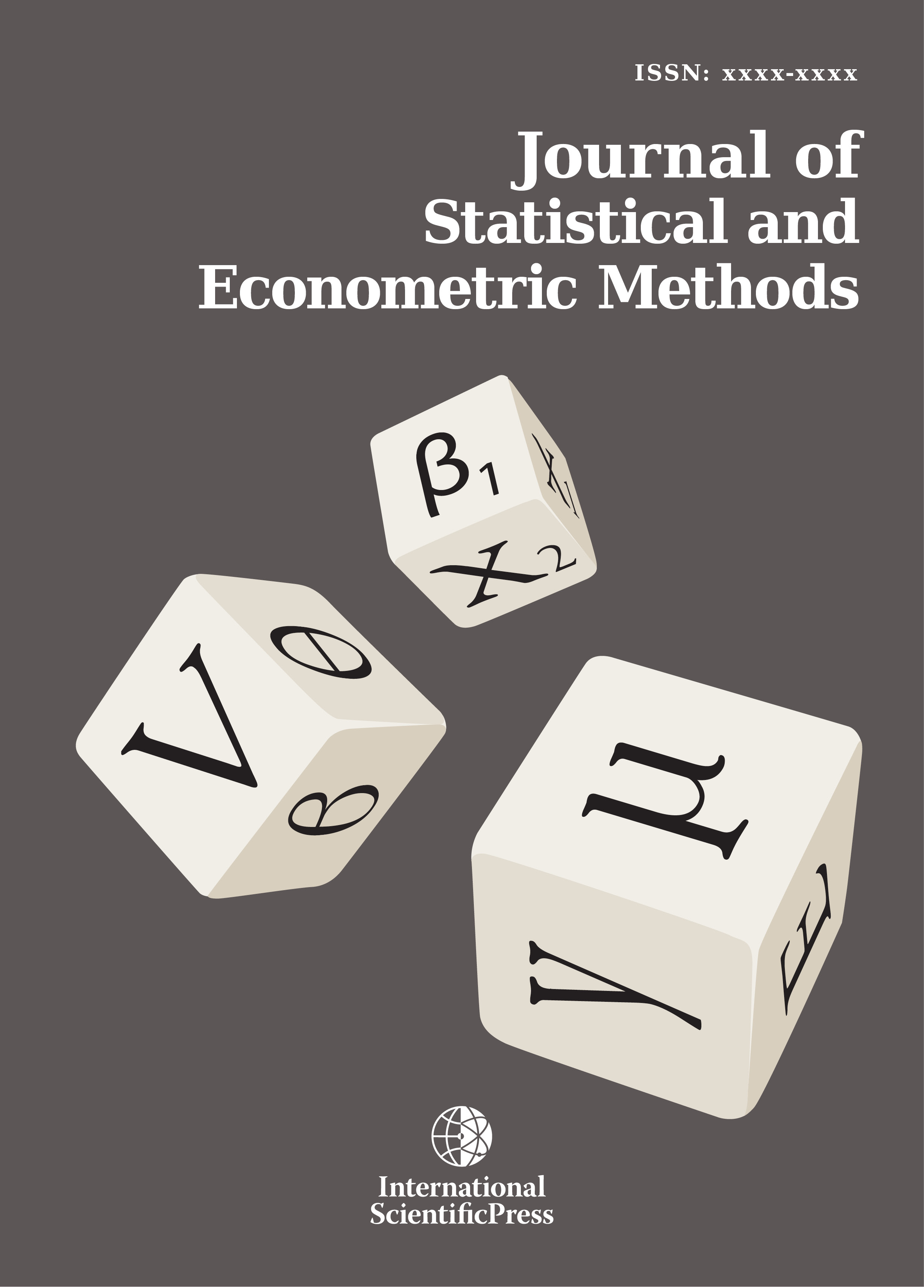Journal of Statistical and Econometric Methods
An Analysis of the Effectiveness of Japanese Monetary Policy Through a Statistical Mathematical Approach: a Simultaneous Equations Model (SEM)
-
 [ Download ]
[ Download ]
- Times downloaded: 8650
Abstract
In this paper, the authors offer a policy analysis about the problem of the effectiveness of the Japanese monetary policy in contrasting the last three main crises that the country has experienced from the 1990s to today: that of the Lost decade, that of 2008 and that caused by the pandemic of COVID-19. To this end, they present a small equilibrium model consisting of a system of simultaneous equations (SEM) identified by solving the consumption optimization problem of the representative household and the profit optimization problem of the representative firm. The SEM was estimated using the three-stage least squares method (3SLS) quarterly historical series, at constant prices, in the sample period Q1 1994 - Q2 2020. The result achieved by the authors is that the monetary policy has been inadequate to stimulate the per capita GDP growth rate, the private consumption, the investment, the actual inflation and the expected inflation.
JEL classification numbers: C30, C40, C51, C60, E51.
Keywords: Mathematical and statistical methods, Mathematical applications for Economics, Japanese monetary policy, Quantitative easing, Simultaneous equations model.
